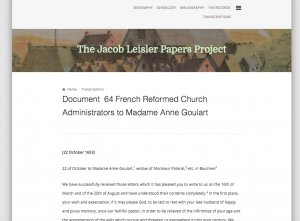The NY Historical Society has decided that the Post It Notes from the Union Square subway station collected as “therapy” during and after the recent election should be preserved as historical documents. More information on this at DNAinfo. The article does not mention any plan to digitize these, but I do think there’s an opportunity for a digital archive component to this collection. I look forward to seeing what becomes of this collection and how the NY Historical Society handles the objects of a public memorial.
Archives
Welcome to Digital Praxis 2016-2017
Encouraging students think about the impact advancements in digital technology have on the future of scholarship from the moment they enter the Graduate Center, the Digital Praxis Seminar is a year-long sequence of two three-credit courses that familiarize students with a variety of digital tools and methods through lectures offered by high-profile scholars and technologists, hands-on workshops, and collaborative projects. Students enrolled in the two-course sequence will complete their first year at the GC having been introduced to a broad range of ways to critically evaluate and incorporate digital technologies in their academic research and teaching. In addition, they will have explored a particular area of digital scholarship and/or pedagogy of interest to them, produced a digital project in collaboration with fellow students, and established a digital portfolio that can be used to display their work. The two connected three-credit courses will be offered during the Fall and Spring semesters as MALS classes for master’s students and Interdisciplinary Studies courses for doctoral students.
The syllabus for the course can be found at cuny.is/dps17.
Categories



